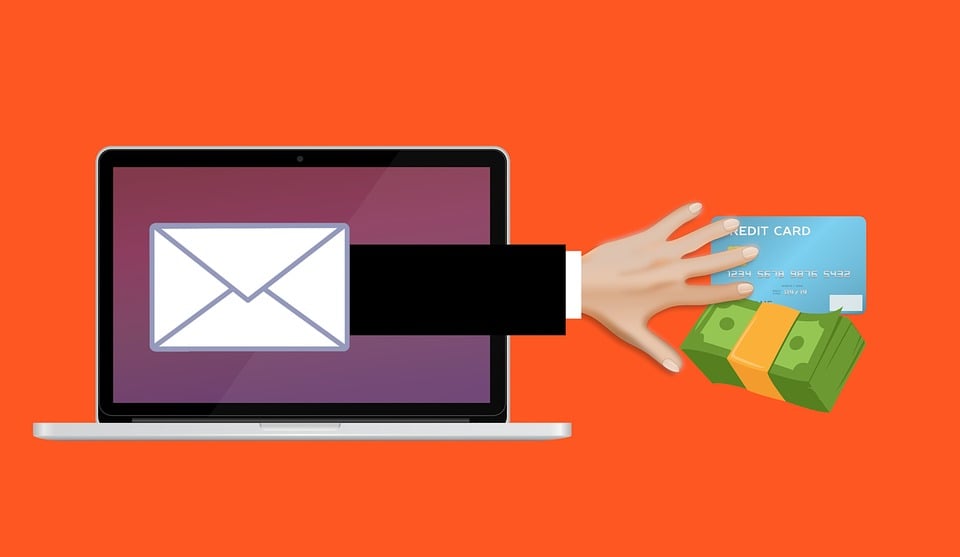Introduction
As we move forward into an increasingly digital world, the financial sector is becoming more vulnerable to cyber-attacks. Cybersecurity threats targeting the Banking, Financial Services, and Insurance (BFSI) sector are becoming more sophisticated and complex. Attacks such as phishing, ransomware, and advanced persistent threats (APTs) are on the rise, putting customer data and financial systems at risk. In this article, I will discuss the top 5 cybersecurity threats in BFSI and how to tackle them.
Understanding the Importance of Cybersecurity in BFSI

The BFSI sector is a prime target for cyber-attacks because it deals with sensitive financial data. Cybercriminals are always on the lookout for vulnerabilities to exploit and financial institutions are a lucrative target. A breach of the security of a financial institution can result in significant financial losses, legal liabilities, and damage to reputation. Therefore, it is essential for the BFSI sector to prioritize cybersecurity and take proactive measures to protect its systems and data.
Overview of the Top 5 Cybersecurity Threats in BFSI
1. Phishing Attacks Targeting Financial Data

Phishing attacks are a common way for cybercriminals to steal sensitive financial data. Phishing attacks can come in the form of fraudulent emails, text messages, or phone calls that appear to be from a legitimate source. The goal is to trick customers or employees into providing sensitive information such as login credentials, credit card numbers, or social security numbers. Financial institutions should educate their staff and customers on how to identify phishing attacks and provide secure channels for communication.
2. Advanced Persistent Threats (APTs) by Cybercriminals

APTs are sophisticated and targeted attacks by cybercriminals that can go undetected for long periods. APTs are designed to gain access to sensitive data and systems and can be difficult to detect and mitigate. To prevent APTs, financial institutions should implement security measures such as multi-factor authentication, network segmentation, and continuous monitoring.
3. Ransomware Attacks on BFSI Systems

Ransomware attacks are a growing threat to BFSI systems. Ransomware is a type of malware that encrypts data on a victim’s system and demands payment for its release. Financial institutions should regularly back up their data, implement security measures such as firewalls and antivirus software, and train their staff on how to avoid downloading and installing suspicious software.
4. Insider Threats by Employees or Third-Party Vendors

Insider threats are a significant risk for financial institutions. Employees or third-party vendors with access to sensitive data can intentionally or unintentionally cause harm to the institution. Financial institutions should implement strict access controls, conduct background checks on employees and vendors, and monitor employee behaviour for signs of malicious intent.
5. Distributed Denial of Service (DDoS) Attacks on BFSI Websites

DDoS attacks are a way for cybercriminals to disrupt the availability of a website or service by overwhelming it with traffic. BFSI websites are a prime target for DDoS attacks, which can cause significant financial losses and damage to reputation. To prevent DDoS attacks, financial institutions should implement security measures such as network firewalls, intrusion detection and prevention systems, and content delivery networks.
Best Practices for Cybersecurity in BFSI
To protect against cybersecurity threats, financial institutions should implement the following best practices:
- Develop a comprehensive cybersecurity policy and incident response plan
- Conduct regular security assessments and audits
- Implement multi-factor authentication
- Use encryption to protect sensitive data
- Train staff and customers on cybersecurity best practices
- Regularly backup data and test disaster recovery plans
- Conduct background checks on employees and third-party vendors
- Monitor networks and systems for signs of malicious activity
Mitigation and Protection Measures to Tackle Cybersecurity Threats
To mitigate and protect against cybersecurity threats, financial institutions should implement the following measures:
- Use antivirus and anti-malware software
- Install firewalls and intrusion detection and prevention systems
- Conduct regular vulnerability scans and penetration testing
- Implement network segmentation to limit the impact of a breach
- Ensure software and systems are up to date with security patches
- Use secure communication channels such as virtual private networks (VPNs)
- Monitor and analyze network traffic for signs of suspicious activity
Conclusion: Importance of Staying Vigilant and Proactive in Cybersecurity for BFSI
Cybersecurity threats targeting the BFSI sector are becoming more sophisticated and complex. Financial institutions must prioritize cybersecurity and take proactive measures to protect their systems and data. By understanding the top 5 cybersecurity threats in BFSI and implementing best practices and mitigation measures, financial institutions can reduce the risk of a breach and protect their customers and reputation. Remember, staying vigilant and proactive in cybersecurity is key to staying secure in the digital age.
At CredenTek, we believe that our FanTail-P product can provide an enterprise-quality, secure, and extremely fast solution for data exchange between two or more heterogeneous systems, which can help prevent cybersecurity threats and protect financial data.


